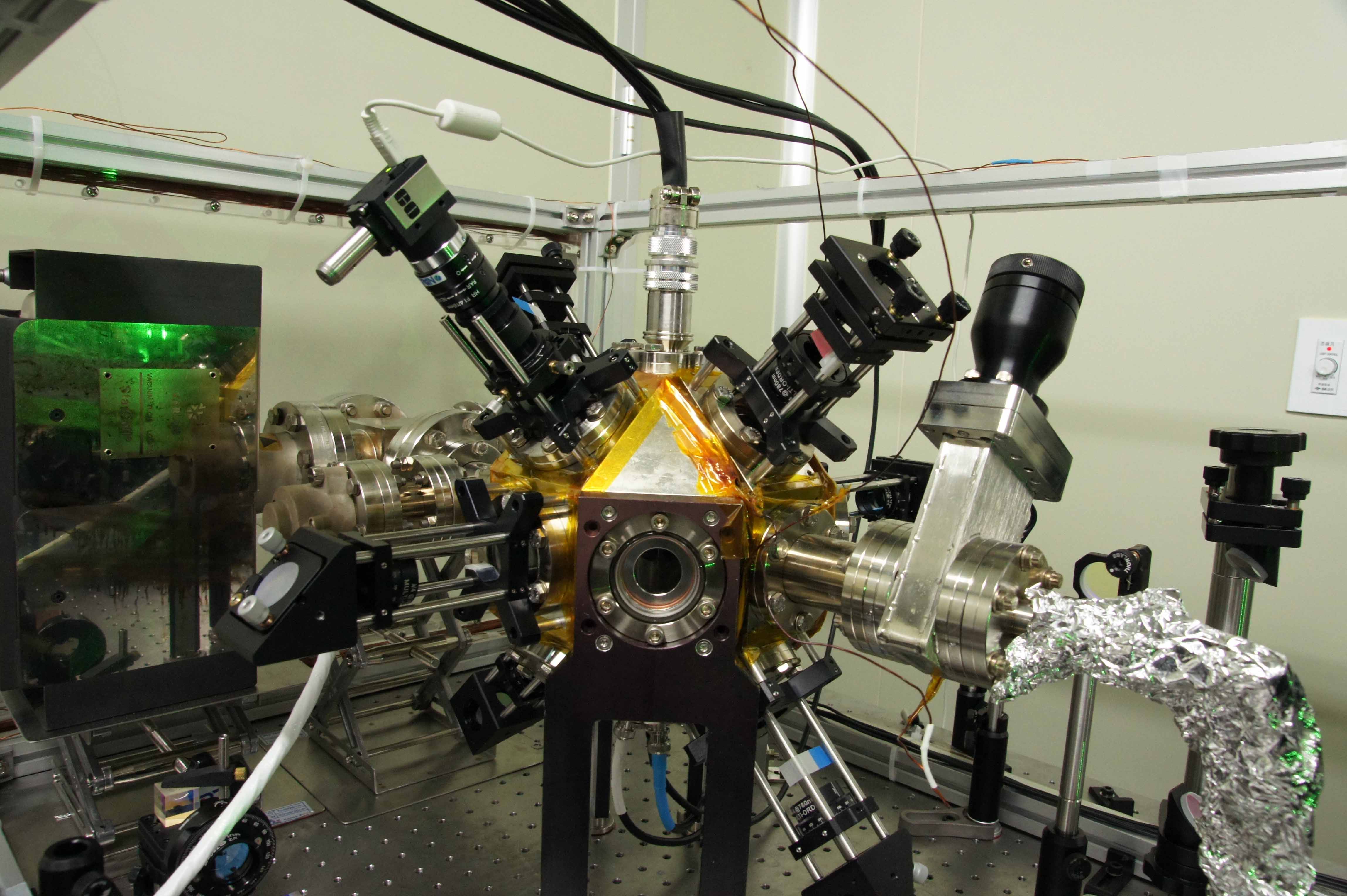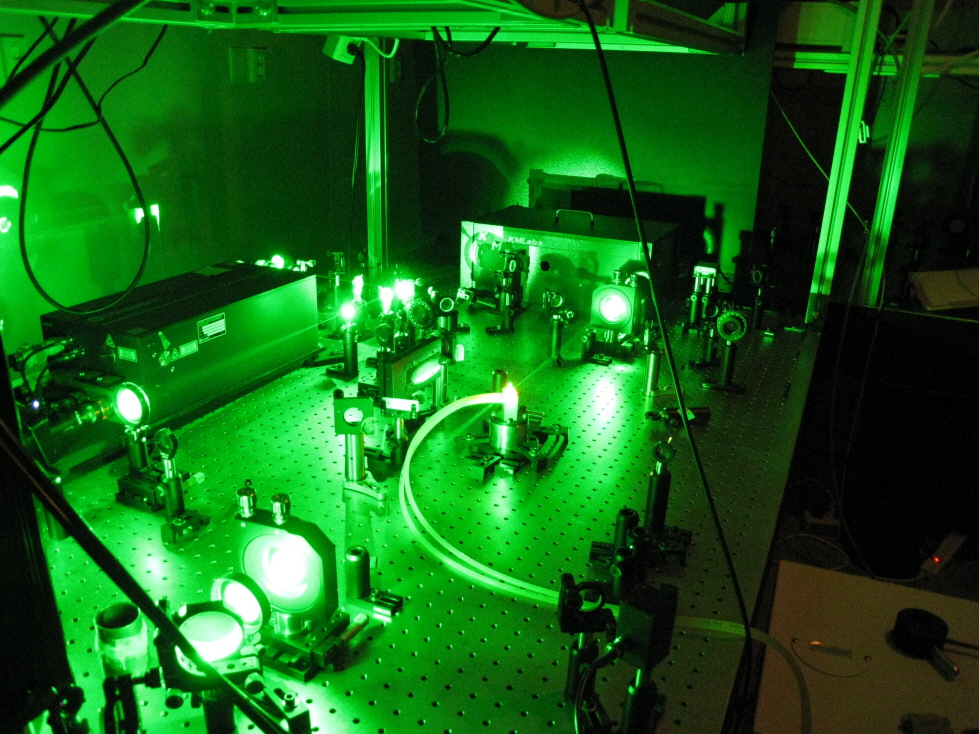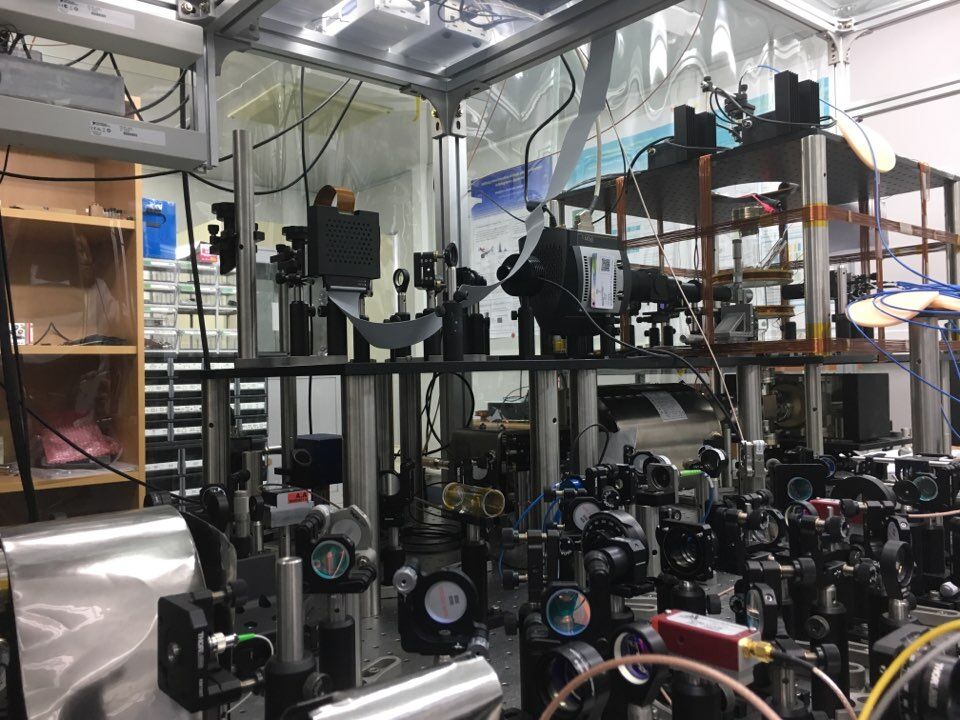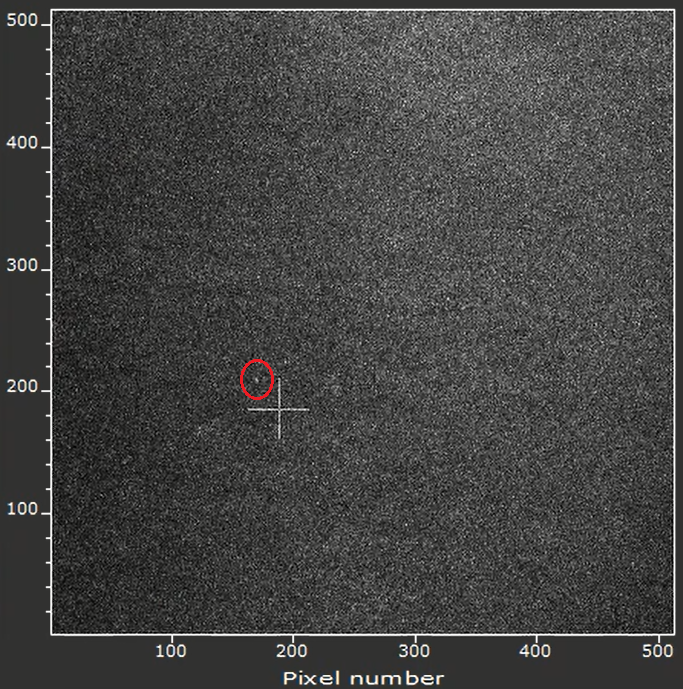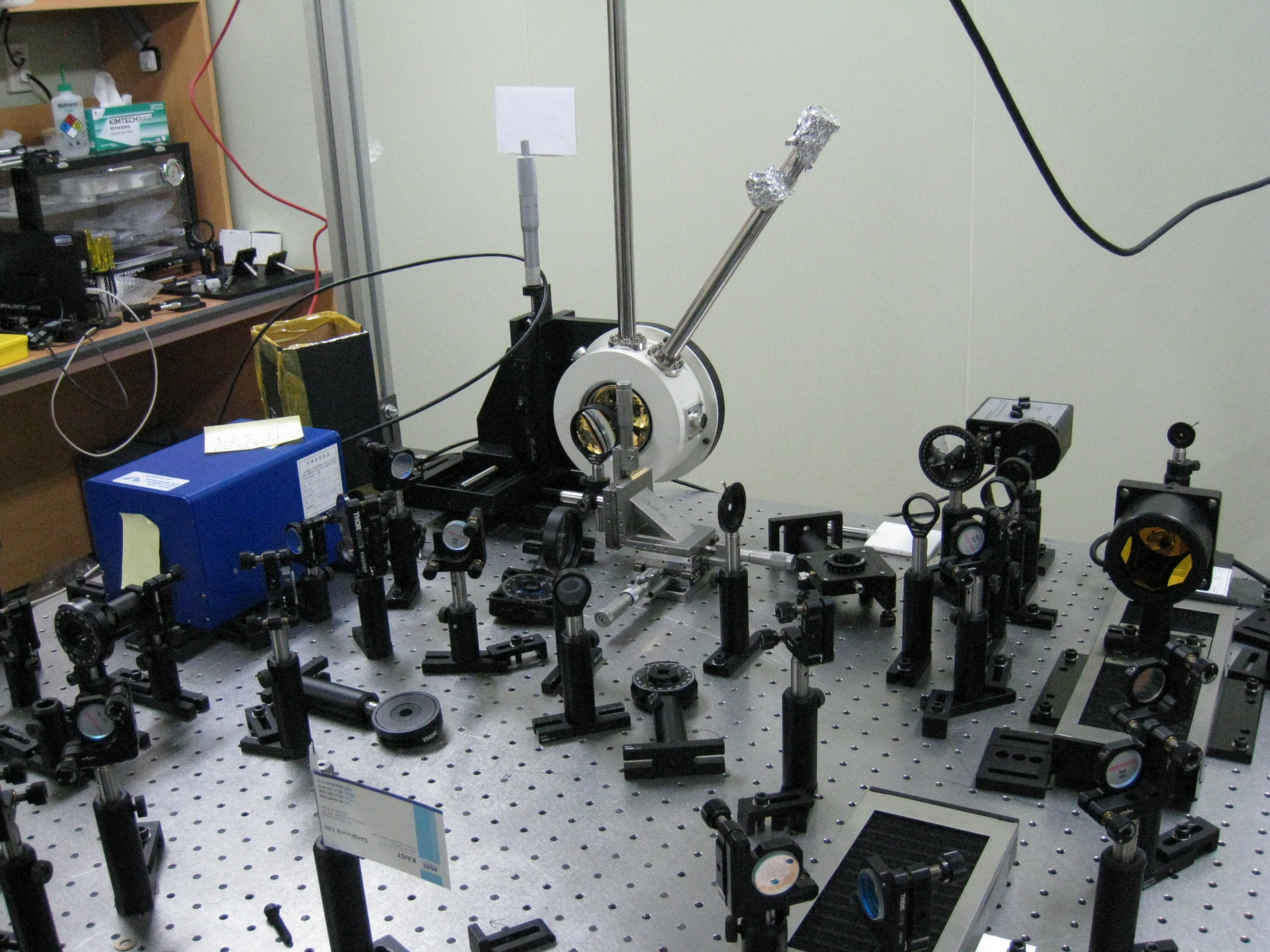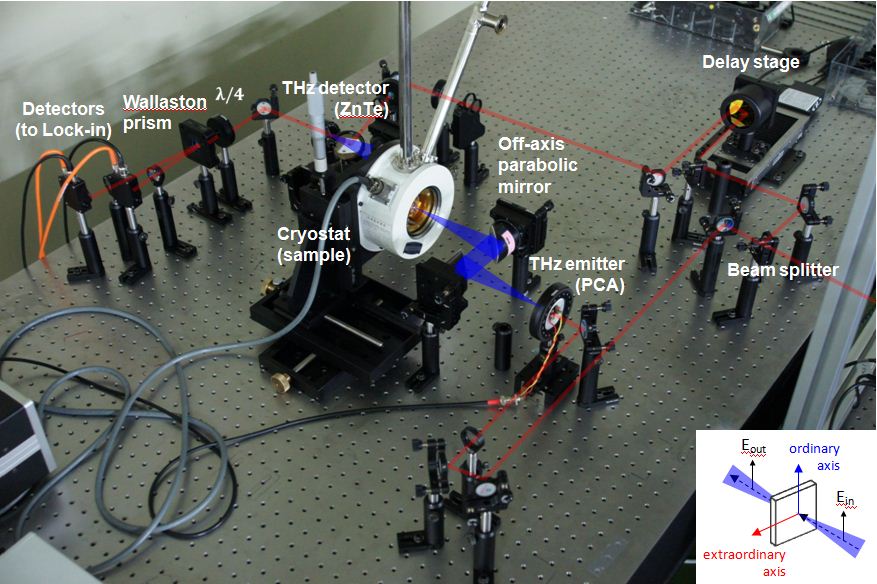Research
For intro in Korean, please click here
Ultrafast Quantum Control
Recent advances in ultrafast laser and optical pulse shaping techniques have brought the use of shaped pulses of optical frequency for the manipulation of quantum systems. This field, known as quantum control, though being started as a theoretical exercise, has rapidly become an experimental reality in a vast variety of materials extending from atoms and molecules to condensed matter and biological materials. Using cold atoms in a magneto-optical trap, 'Bob', and high-power ultrafast laser equipped with pulse shaping apparatus, we explore novel control schemes for atomic qubits in ultrafast timescale.
Recent results
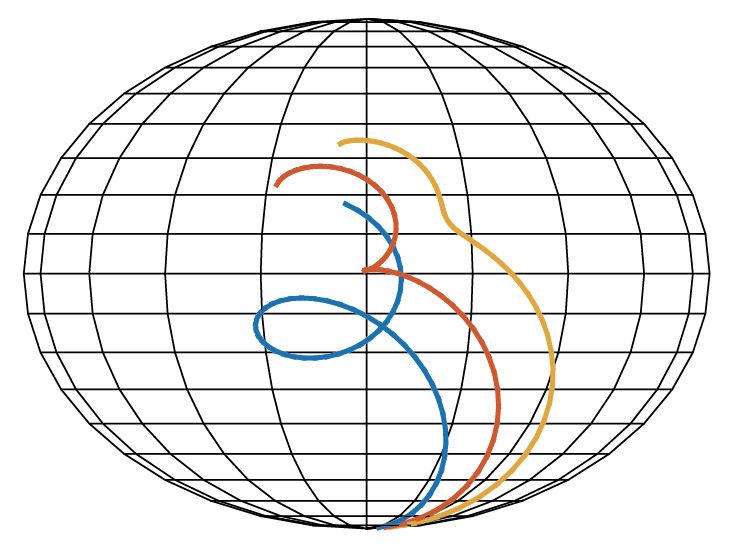 Robust control with detuned chirped pulse. For related publication, please click here |
 Hybrid adiabatic-nonadiabatic control of atomic qubits. For related publication, please click here |
Rydberg atom quantum computation
Quantum computing has developed, during the last two decades, from a visionary idea to one of the most fascinating areas of modern physics. Being considered as one of the most impactful future technologies, quantum computers are studied by research scientists around the world. Numerous unseen technical problems that are involved with the quantum nature of many entangled particles are being challenged. We focus on neutral-atom based quantum computation, for which we have developed our own method of making arbitrary atom lattice configurations with optical micro-traps. The number of atomic qubits exceeds N=40 with pairwise or trio entanglements.
Recent results
 N=30 Rydberg atom chain for quantum simulation. The atom chain was made by reconfiguration of optical micro-traps, which was introduced in our recent publication |
Ultrafast single-atom qubit control
One of the most important challenge in developing quantum computer is limited coherence time. The idea of quantum error correction and the concept of a logical qubit were introduced to overcome decoherence, however, not yet experimentally realized since it requires ability to control entanglements among several qubits. As an alternative approach to the decoherence problem, we utilize ultrafast laser pulses for qubit operation in sub-picosecond timescale. Combining our research experience on reconfiguable atom lattice and ultrafast pulse shaping, a newly developing setup will be a good test bed for ultrafast operation of atomic qubits.
Recent results
Other setups
